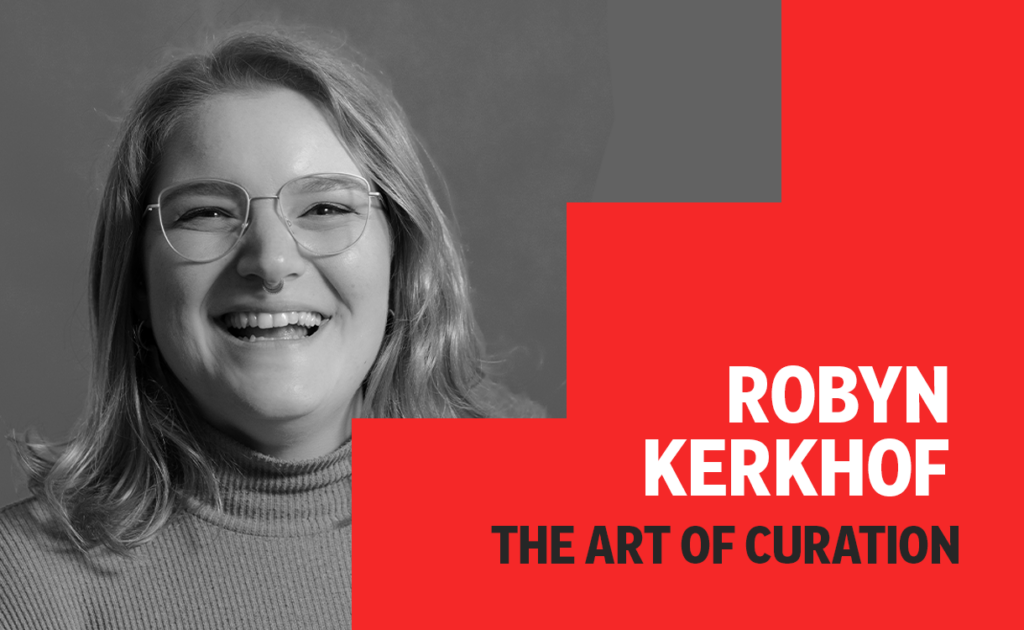
“Back in the day, curation was mostly a job in museums and art galleries. It took the Spotifys, Twitters and Netflixes of the world to really popularize curation as a valid business need. I’m proud to say that we were amongst the first ones to identify the business need for that discipline.” — Robyn Kerkhof, Blinkist
Curation has long moved out of the ivory tower of the art world. These days, anyone with taste and the will can be a curator. Sometimes curation is automated with a “human in the loop” providing oversight. Sometimes there’s no oversight at all.
However the sausage is made, the goal is usually to get the right content to the right person at the right time. When you make connections like this, the results are powerful.
Robyn Kerkhof, the Director of Content Discovery at Blinkist, knew that a curation function could impact her company’s bottom line, so she made the case for it internally. How did she do it? How did she measure success? And what did she learn along the way?
Other highlights, inspiration and key learnings from the conversation:
- The art of curation at Blinkist
- Mixing AI and human talents
- Balancing personal taste when curating for a brand
- The qualities of the most effective curators
- Robyn’s culture picks
The companion Storyboard also has the episode, plus everything Robyn recommended in the show.
You can find “The Art of Curation” podcast on Flipboard as well as Apple Podcasts, Spotify, Google Podcasts, and anywhere else you might listen to podcasts. Please subscribe so you never miss an episode, and don’t forget to rate, review and share, especially if you like what you hear. We’ll have a new episode coming out each Tuesday until September.
— Mia Quagliarello, head of creator community, is curating the curators for The Art of Curation

